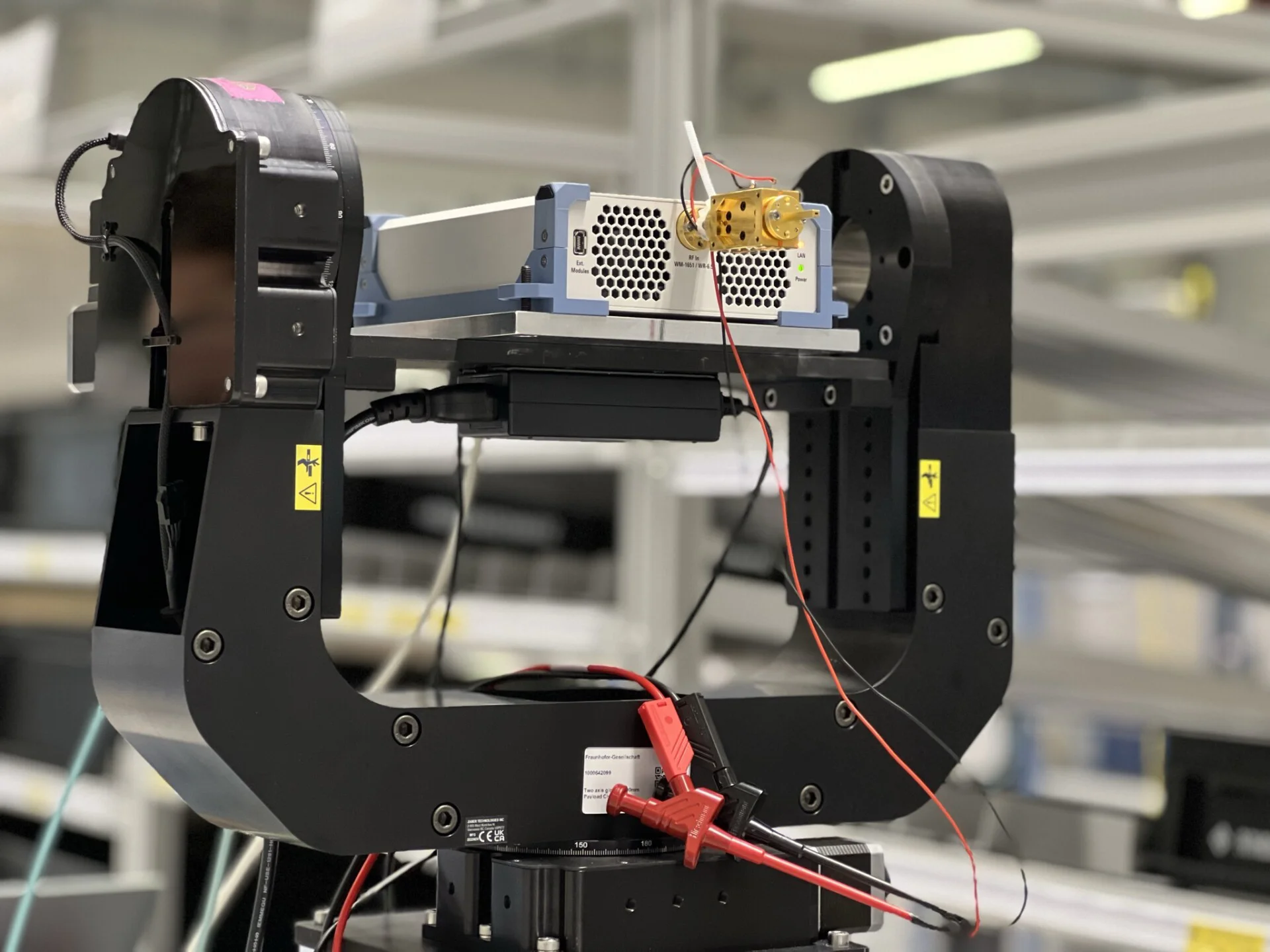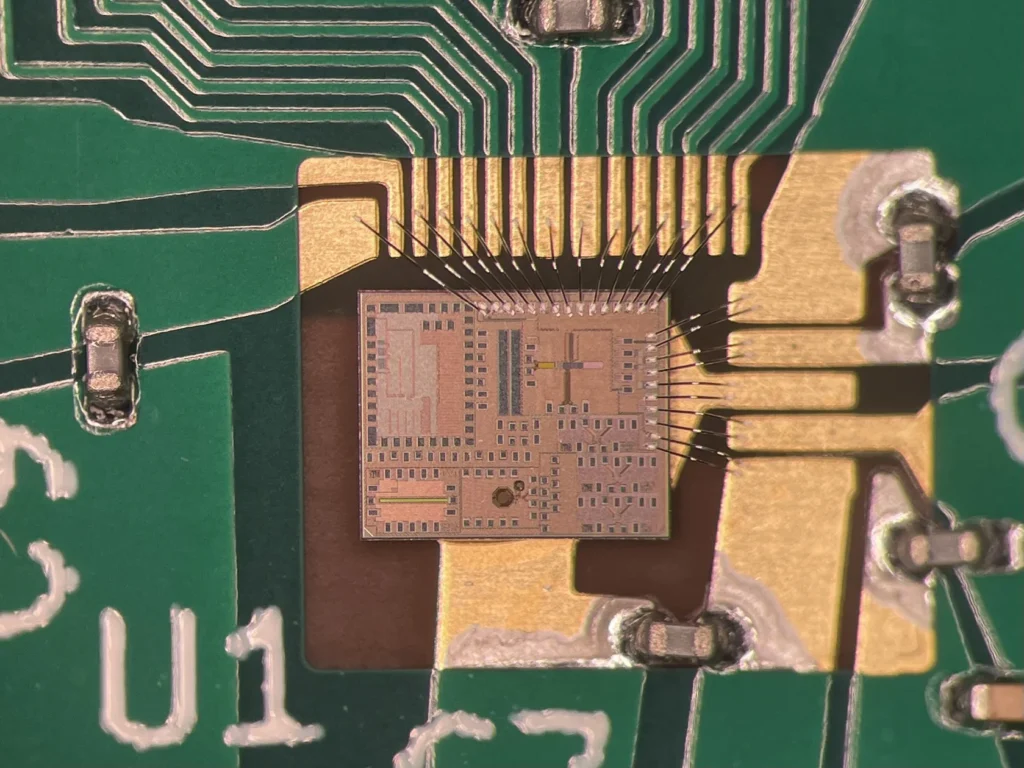TiasMobile access networks operating in the sub-THz band (100 GHz to 1 THz) have emerged as key enablers for the most demanding 6G applications in terms of data rate, latency, and sensing capabilities. However, the successful deployment of these futuristic access networks requires the addressing of crucial technical challenges, particularly to keep energy consumption at tolerable levels and to guarantee robust connectivity in real-world mobility scenarios. To this end, this TIA provides a whole range of groundbreaking technological solutions covering all aspects of communication systems design, including channel modelling, hardware, analog/digital signal processing, and network infrastructure.

Channel measurements lay the foundation for the design of modern communications systems, giving insights on the radio environment and supporting the development of accurate channel models. The increasing complexity of system design and functionalities in future sub-THz access network amplifies the need for comprehensive knowledge production and detailed understanding of the wireless channel. In this research topic, research groups from 6G-RIC contribute to push the knowledge on the propagation characteristics of sub-THz signals in diverse application scenarios such as industrial environments, kiosk-downloading, data centers, office scenarios, and outdoor environments.


Fraunhofer Heinrich-Hertz-Institut, HHI
Prof. Dr.-Ing. Slawomir Stanczak
Einsteinufer 37
D–10587 Berlin
E-Mail: info@6g-ric.de